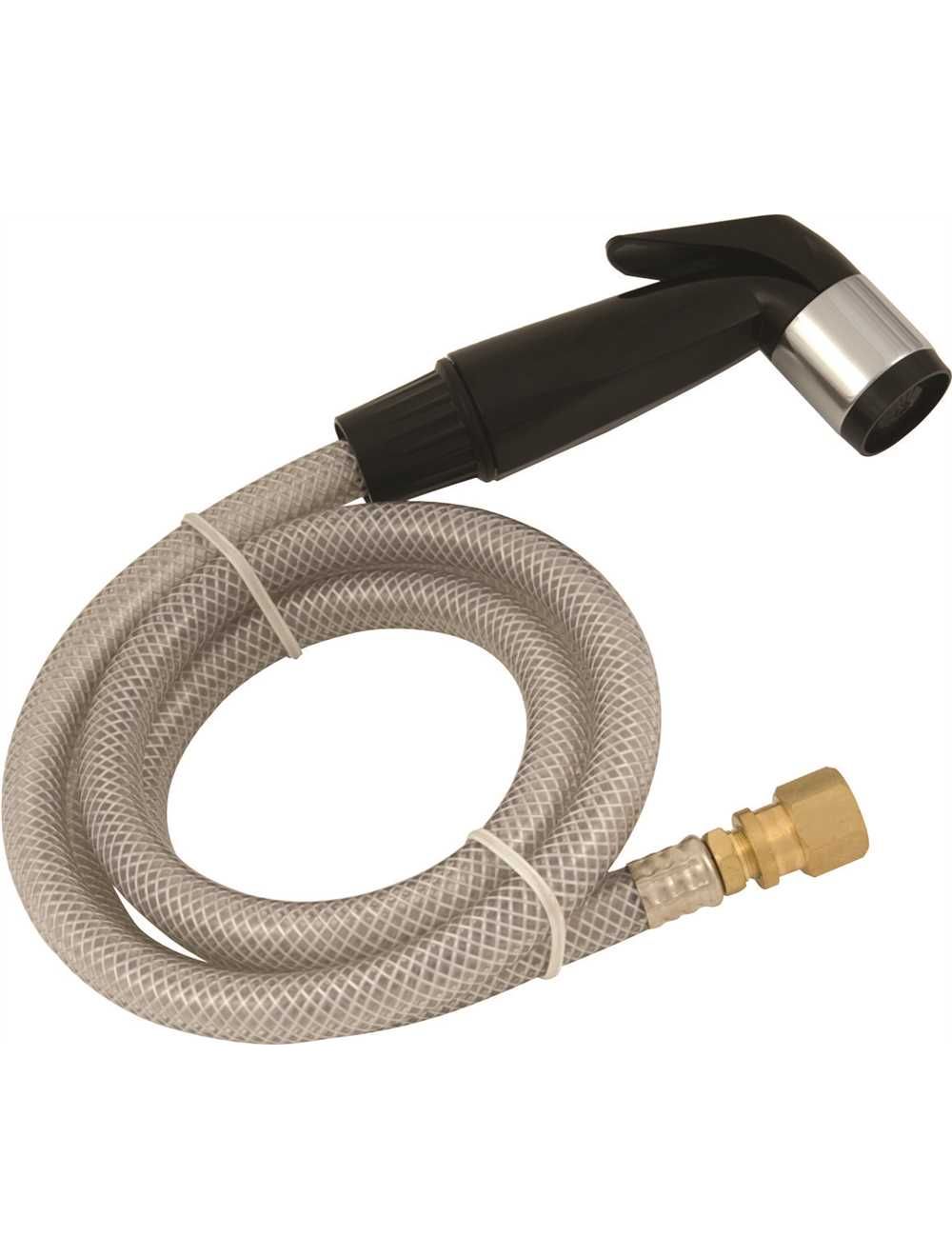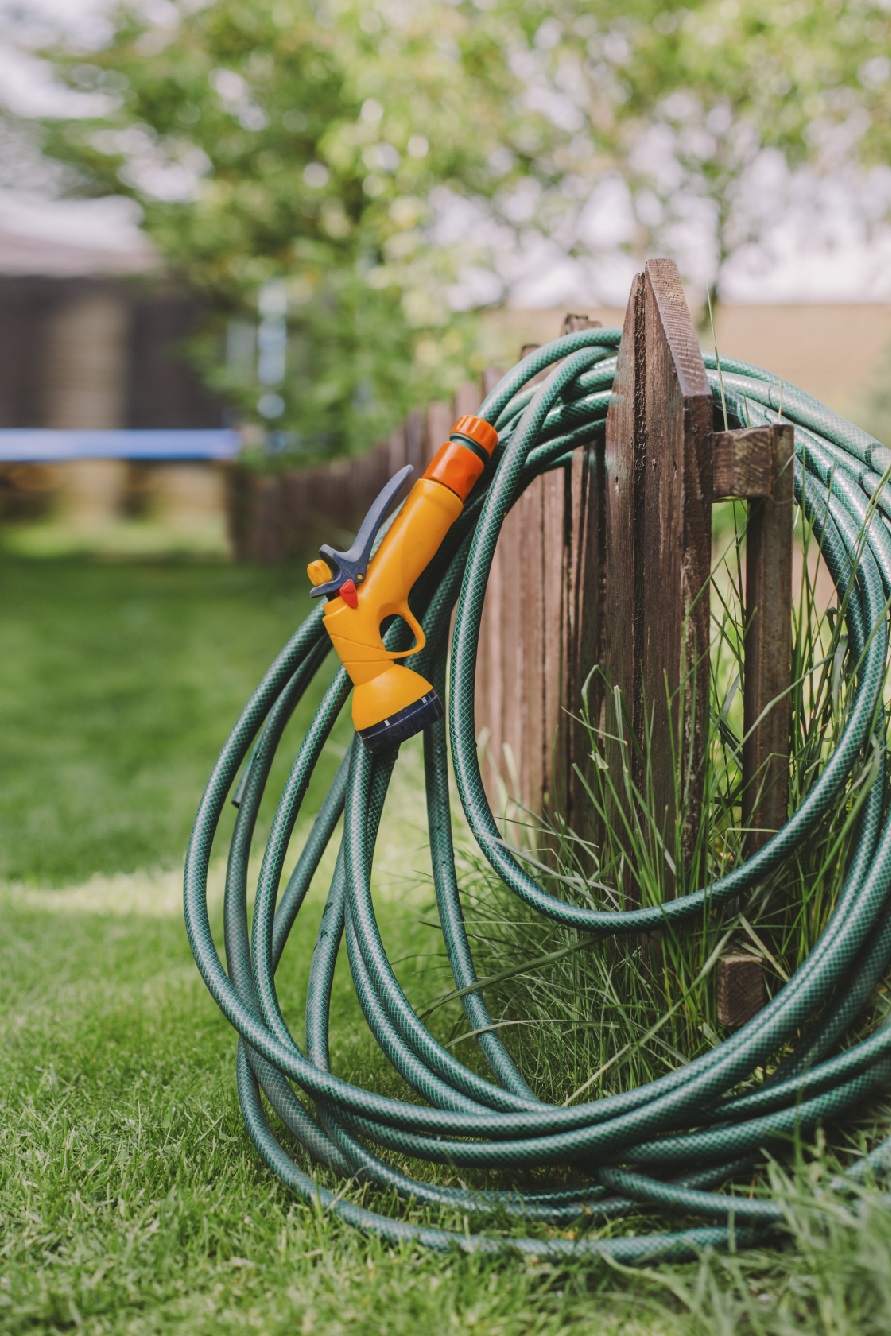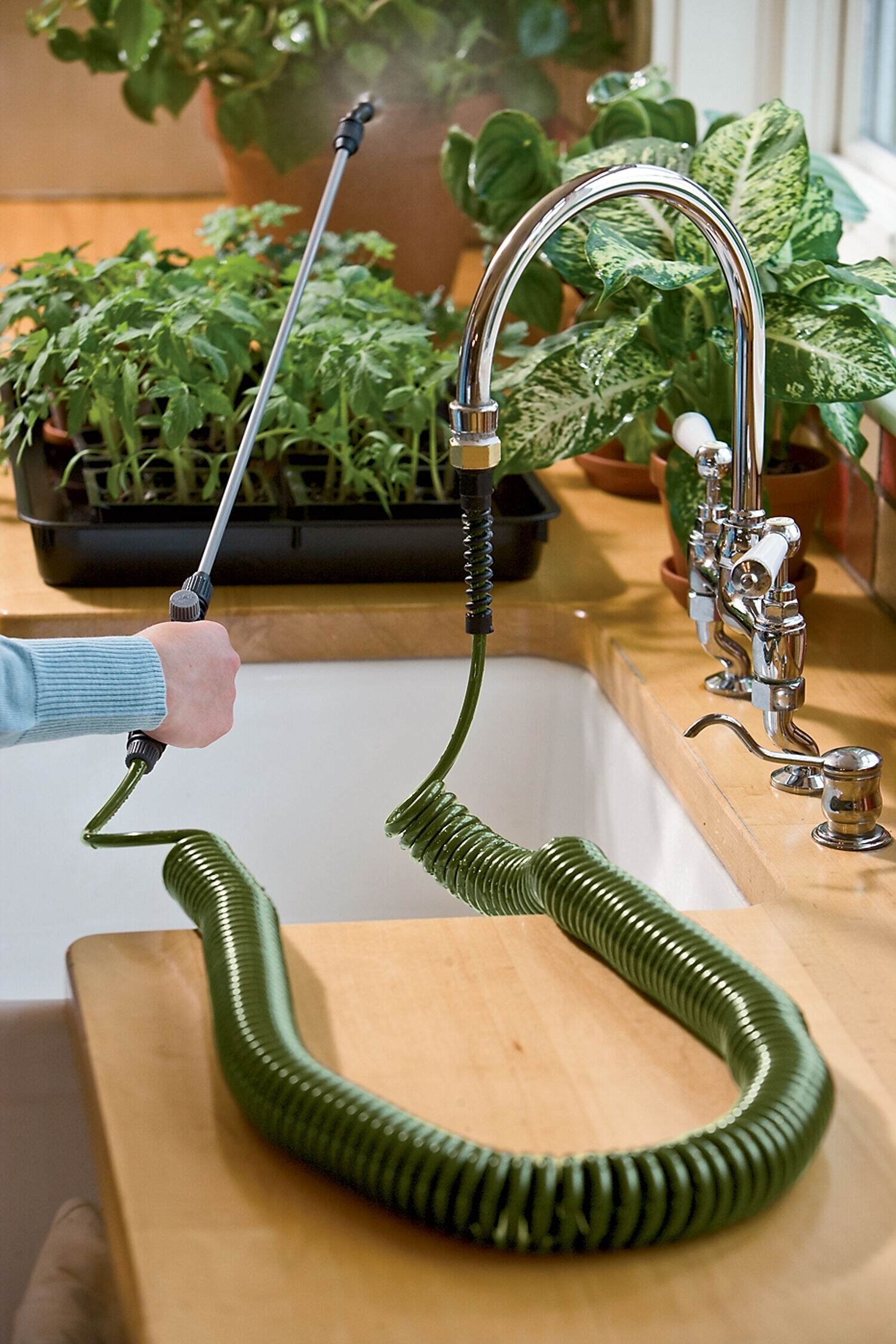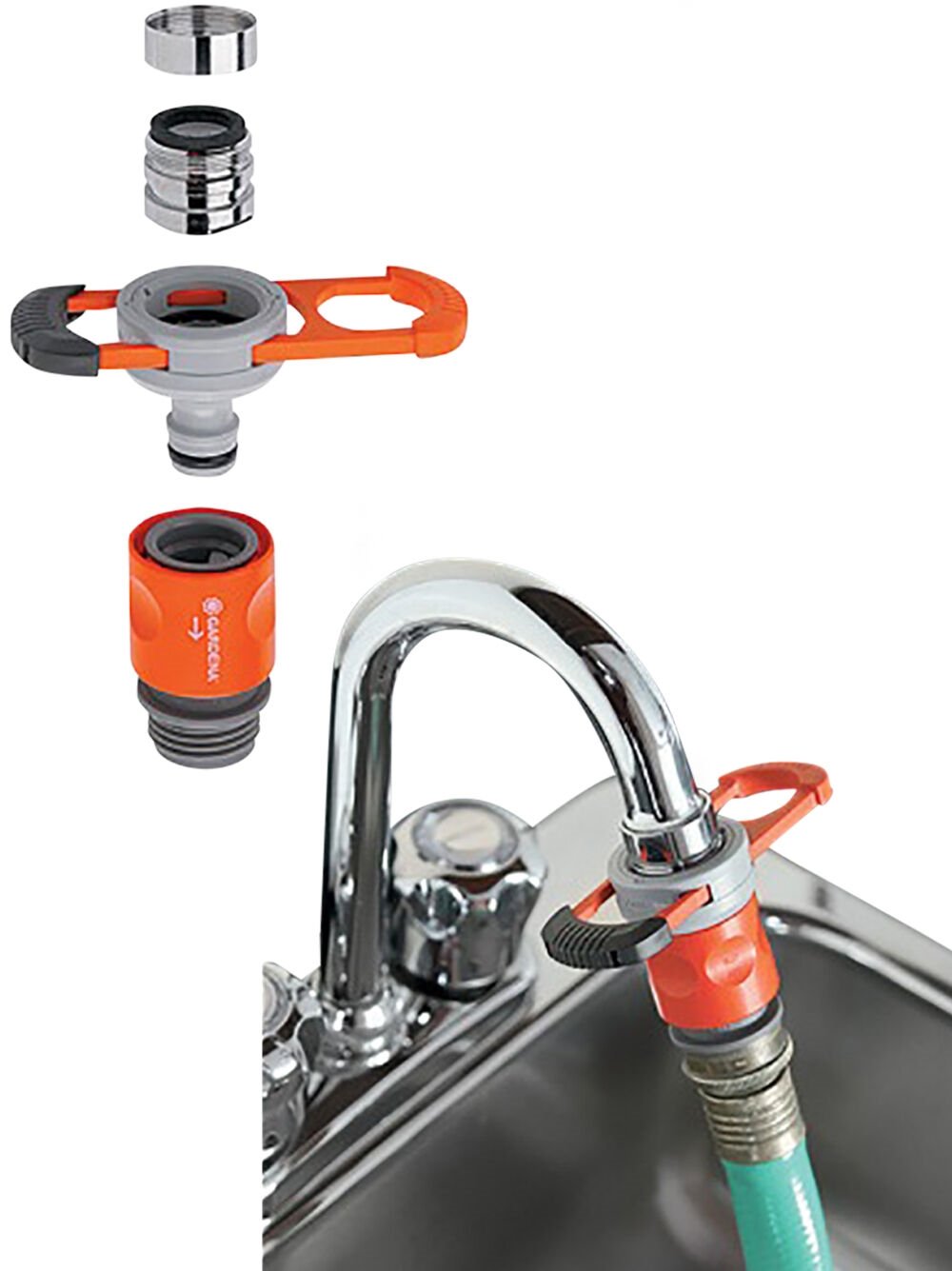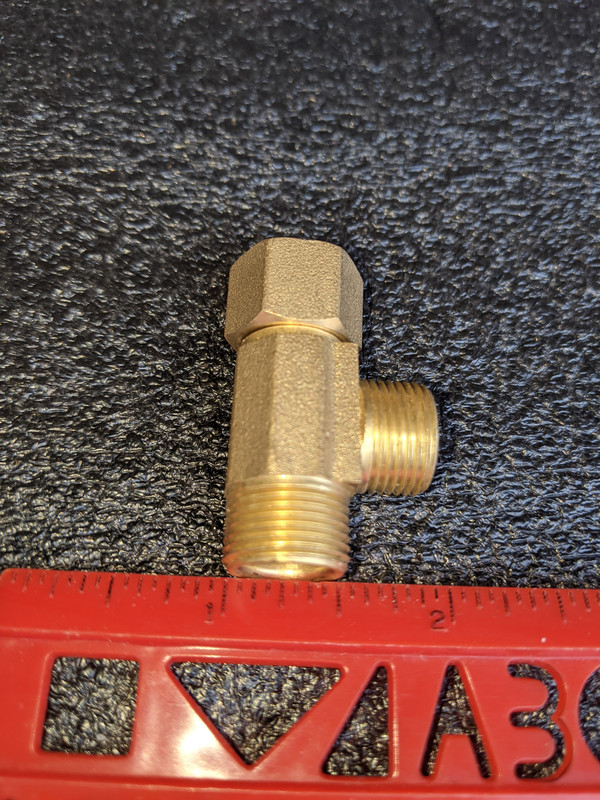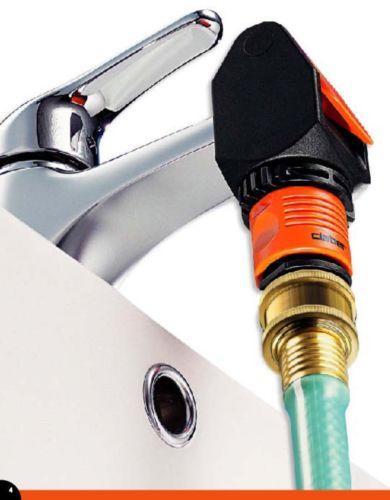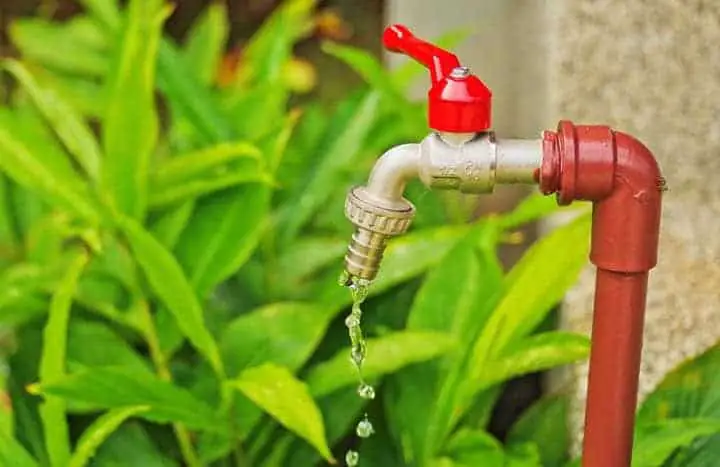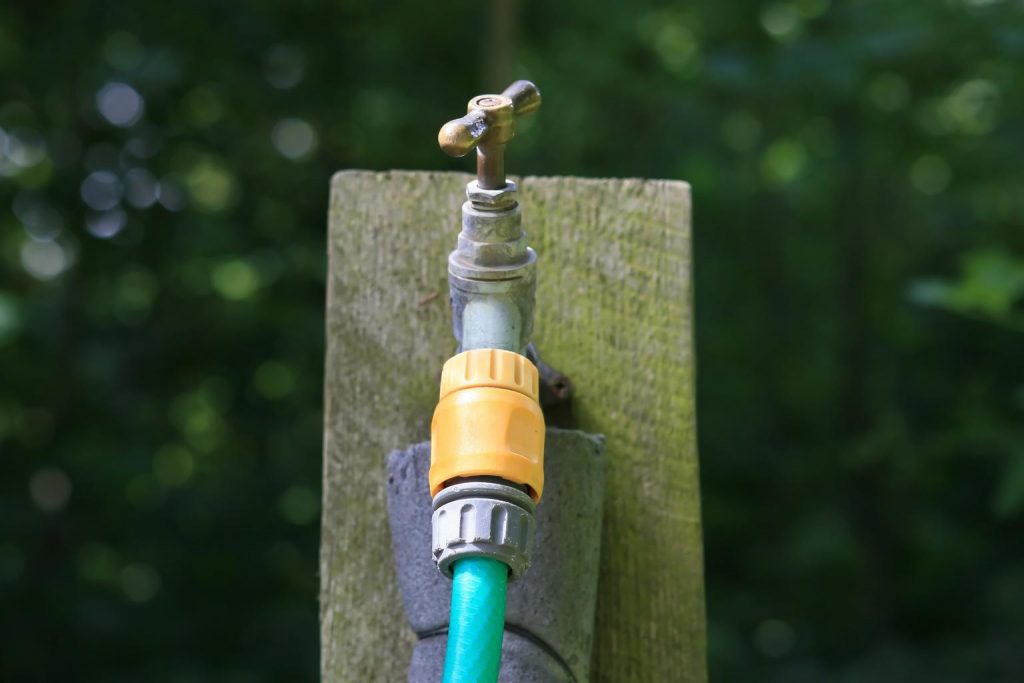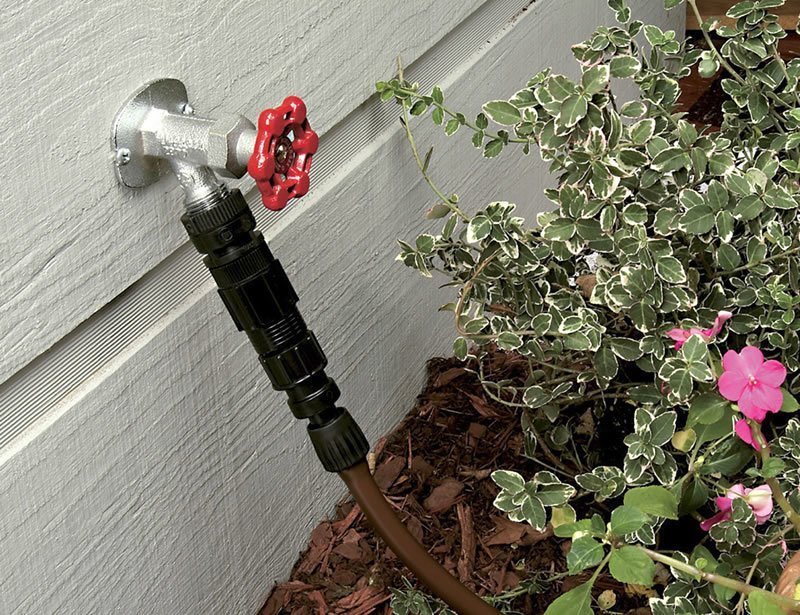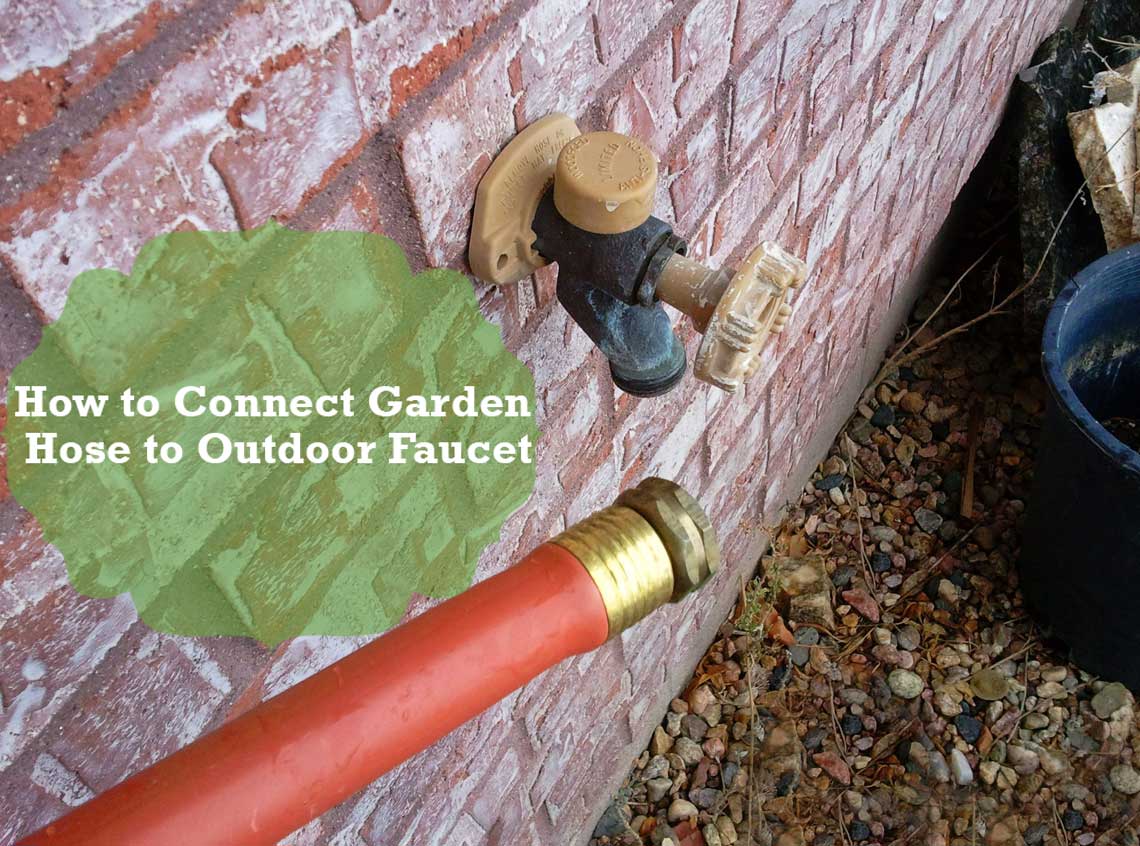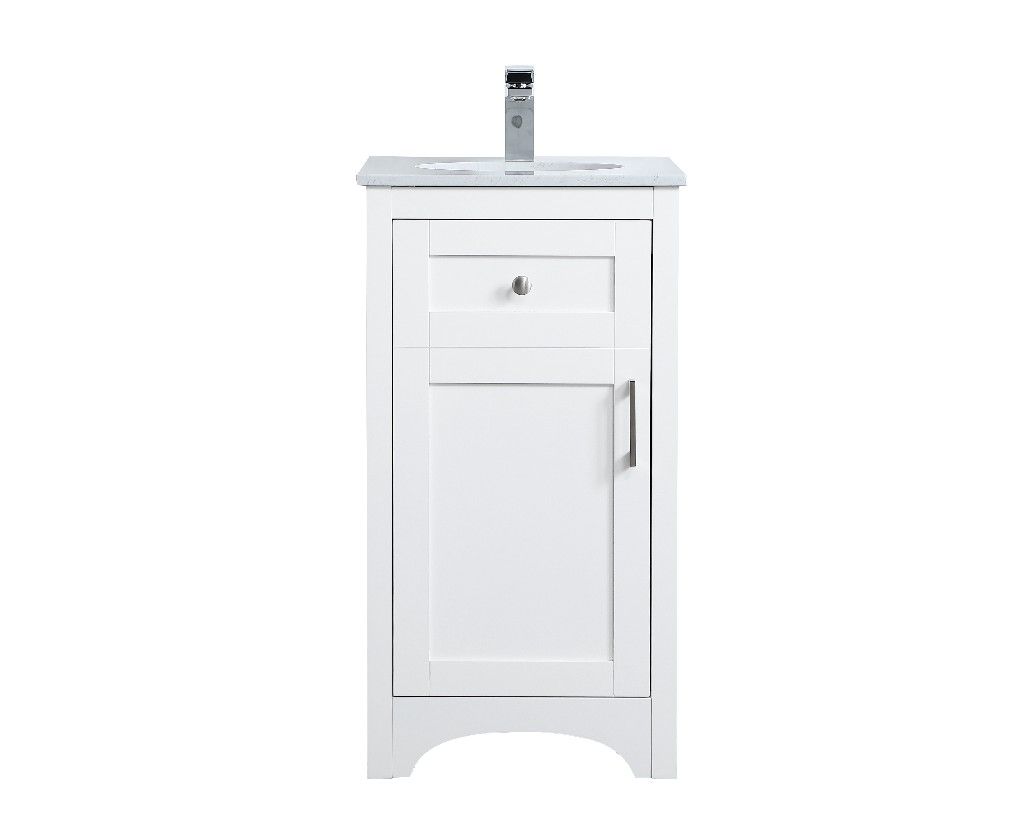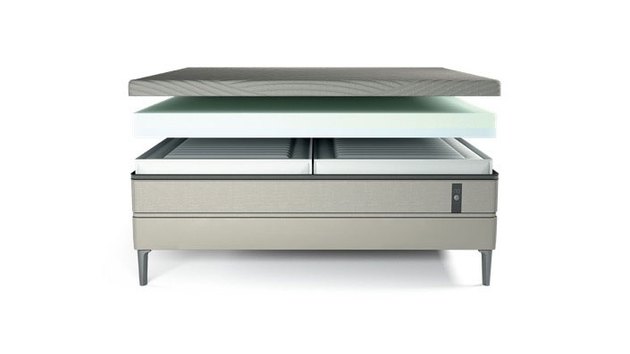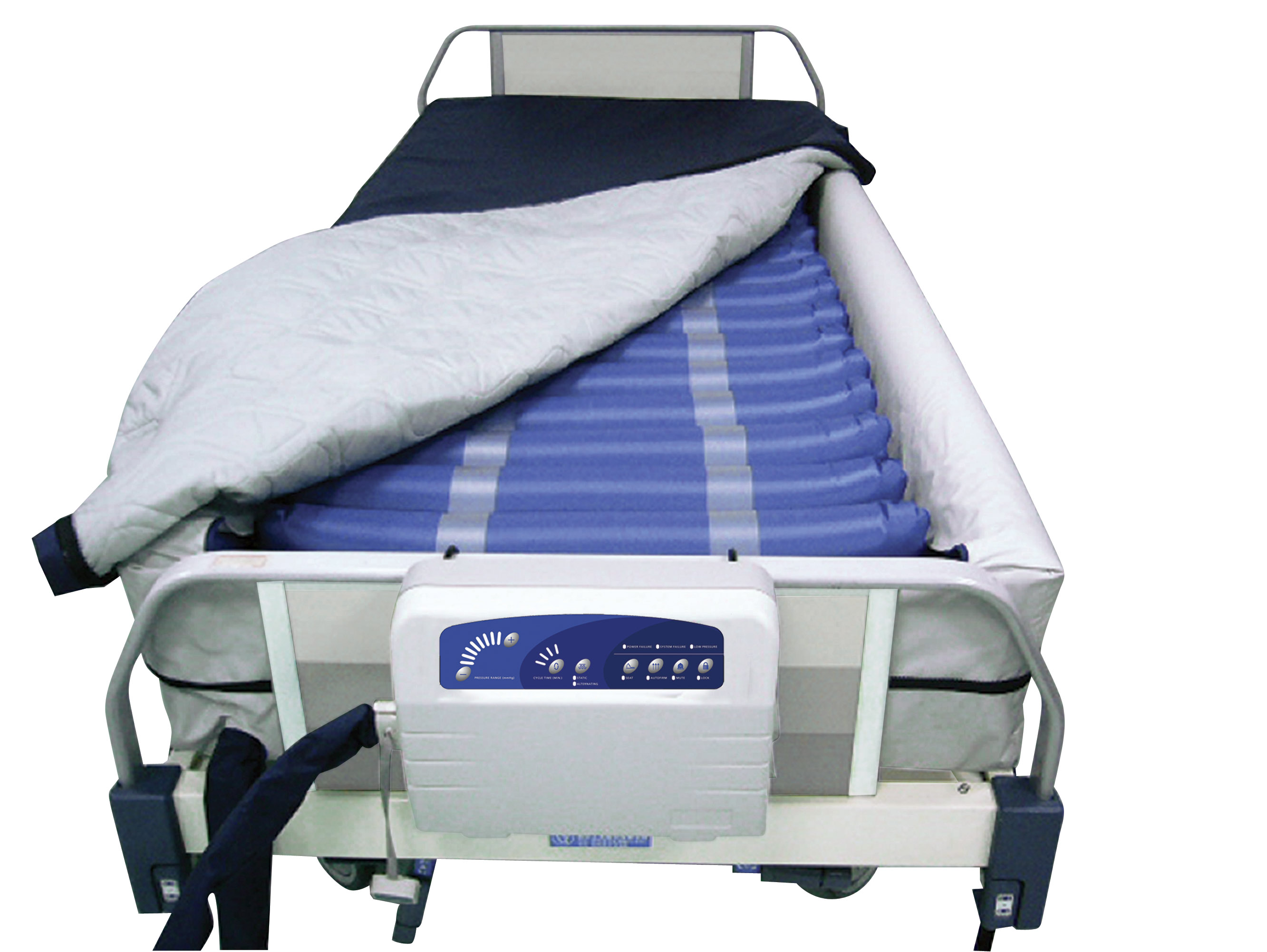Connecting a garden hose to your kitchen sink can be a helpful and versatile solution for watering your plants, cleaning outdoor equipment, or even filling up a kiddie pool. While it may seem like a daunting task, it’s actually quite simple and can be done in just a few steps. In this guide, we’ll go over the process of attaching a garden hose to your kitchen sink, so you can enjoy the benefits of having a water source indoors.How to Attach a Garden Hose to a Kitchen Sink
Before you begin, make sure you have the necessary materials, including a garden hose, a faucet adapter, and a pair of pliers. Once you have everything you need, follow these six simple steps to attach a garden hose to your kitchen sink: Step 1: Remove the aerator The aerator is the small faucet attachment at the end of your kitchen sink. To attach a garden hose, you will need to remove the aerator first. Use your pliers to unscrew and remove the aerator from the faucet. Step 2: Clean the faucet threads After removing the aerator, you may notice some debris or buildup on the threads of the faucet. Use a cloth or brush to clean the threads and ensure they are free of any dirt or debris. Step 3: Attach the faucet adapter Take your faucet adapter and screw it onto the faucet threads. Make sure it is tightly secured to prevent any leaks. Step 4: Connect the garden hose Once the faucet adapter is in place, you can now connect your garden hose to the adapter. Ensure that the connection is secure and tight to prevent any leaks. Step 5: Turn on the water Before you turn on the water, make sure your garden hose is in a position that allows for easy use. Once you’re ready, turn on the water and test the connection for any leaks. Step 6: Disconnect and clean up When you’re finished using the garden hose, turn off the water and disconnect it from the faucet adapter. You can then reattach the aerator to your kitchen sink and clean up any excess water or debris.Attaching a Garden Hose to Your Kitchen Sink: 6 Steps
If you have a kitchen faucet with a pull-out sprayer, you may be able to connect a garden hose directly to the sprayer. This is a great option if you don’t want to use a faucet adapter. Follow these steps to connect a garden hose to a kitchen faucet with a pull-out sprayer: Step 1: Remove the sprayer head Gently twist and pull the sprayer head away from the hose. This will expose the hose connection where you can attach the garden hose. Step 2: Connect the garden hose Take your garden hose and attach it to the exposed hose connection on the pull-out sprayer. Ensure that the connection is secure and tight. Step 3: Turn on the water Once the garden hose is attached, turn on the water and test the connection for any leaks. Step 4: Disconnect and clean up When you’re finished using the garden hose, turn off the water and disconnect it from the pull-out sprayer. You can then reattach the sprayer head and clean up any excess water or debris.How to Connect a Garden Hose to a Kitchen Faucet
If you live in a colder climate, you may find yourself needing to use a garden hose to de-ice your deck or thaw out containers and raised beds early in the spring. In this case, you can use a heated hose, which is specially designed to be used in freezing temperatures. Here’s how to hook a garden hose to your indoor faucet using a heated hose: Step 1: Check the temperature rating of your faucet Before purchasing a heated hose, make sure your faucet can withstand the low temperatures. Some faucets may freeze or crack if they are exposed to extremely low temperatures. Step 2: Connect the heated hose Once you have a heated hose, simply connect it to your indoor faucet and turn on the water. The heated hose will keep the water flowing, even in freezing temperatures. Step 3: Disconnect and store the hose When you’re finished using the heated hose, make sure to disconnect it from the faucet and store it in a warm place to prevent any damage.How to Hook a Garden Hose to Your Indoor Faucet - De-ice a Deck, Thaw Containers & Raised Beds Early
If you have a kitchen sink with a detachable faucet head, you can also use an adapter to attach a garden hose. Here’s how to do it: Step 1: Remove the faucet head Unscrew and remove the faucet head from the hose. This will expose the hose connection where you can attach the garden hose. Step 2: Connect the garden hose Take your garden hose and attach it to the exposed hose connection on the faucet. Ensure that the connection is secure and tight. Step 3: Turn on the water Once the garden hose is attached, turn on the water and test the connection for any leaks. Step 4: Disconnect and clean up When you’re finished using the garden hose, turn off the water and disconnect it from the faucet. You can then reattach the faucet head and clean up any excess water or debris.How to Attach a Garden Hose to a Kitchen Sink Faucet
As you can see, attaching a garden hose to your kitchen sink is a simple and convenient solution for various tasks. With the right materials and a few easy steps, you can have a water source indoors to help with your gardening and outdoor needs. So, don’t hesitate to give it a try and see how it can make your life easier and more efficient.How to Connect a Garden Hose to a Kitchen Sink Faucet
Why Attach a Garden Hose to Your Kitchen Sink?
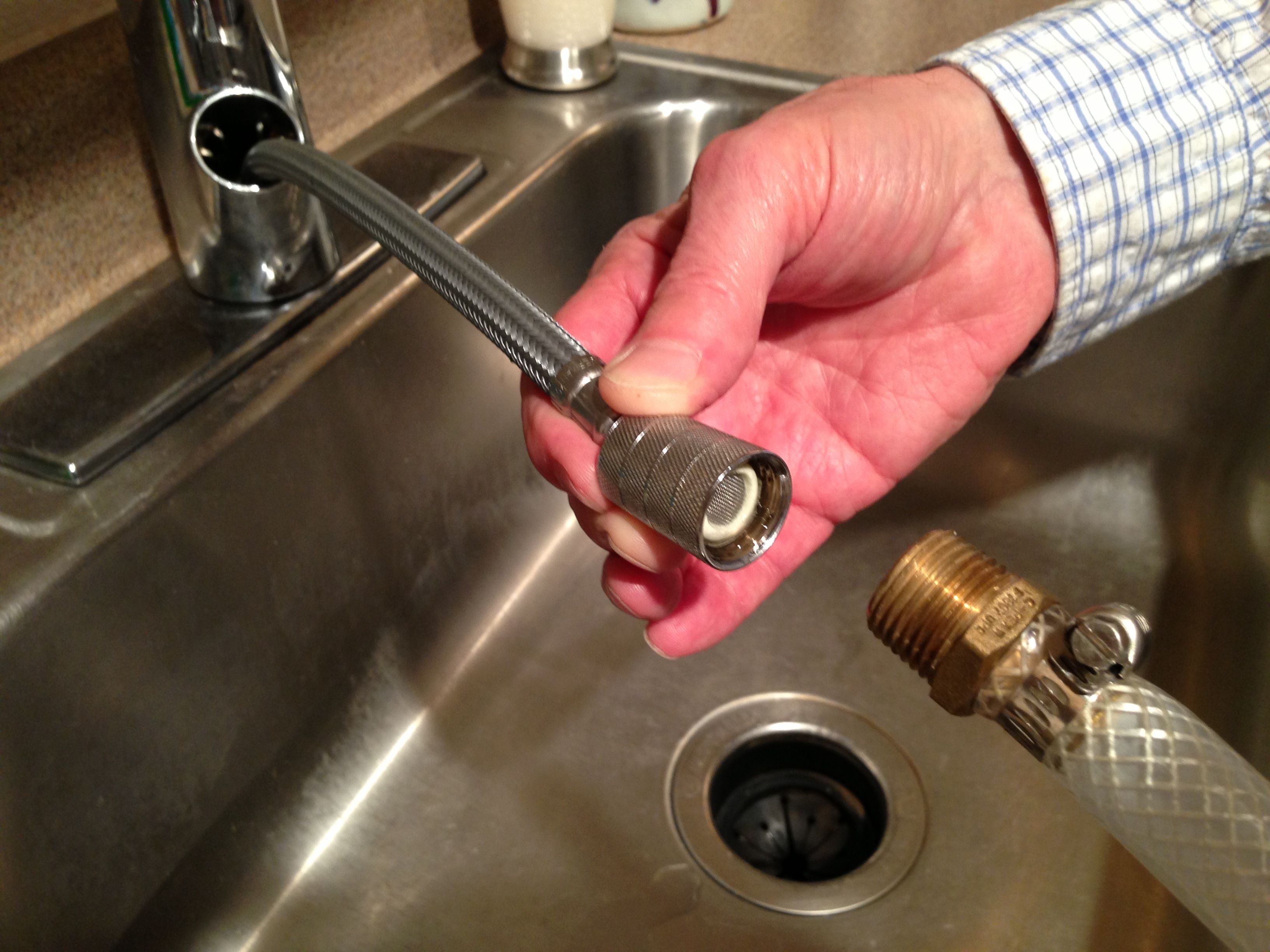
Improving Your Home's Functionality and Aesthetic
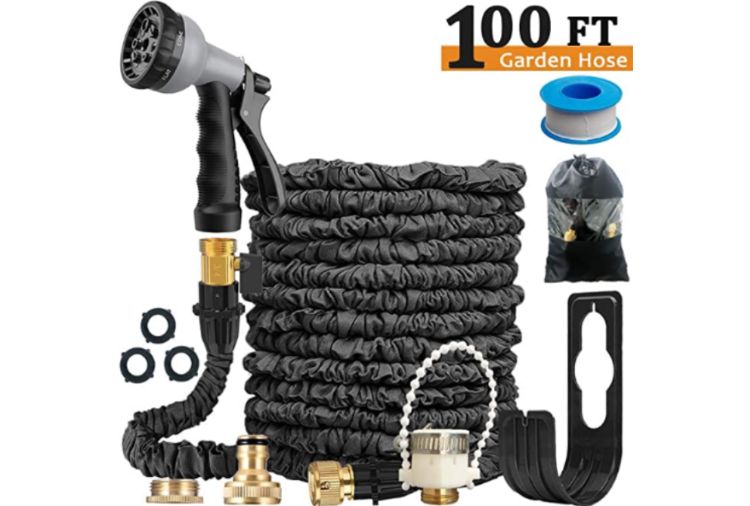 Garden hoses
are not just for watering the lawn or washing the car. They can also be a useful tool in the kitchen.
Attaching a garden hose to your kitchen sink
can provide numerous benefits, both in terms of functionality and aesthetic.
Garden hoses
are not just for watering the lawn or washing the car. They can also be a useful tool in the kitchen.
Attaching a garden hose to your kitchen sink
can provide numerous benefits, both in terms of functionality and aesthetic.
Convenient Access to Water
 One of the main reasons to attach a garden hose to your kitchen sink is for
convenient access to water
. This can be especially useful if you have a
vegetable garden
or
flower bed
that needs regular watering. Instead of having to go outside and connect the hose to an outdoor faucet, you can simply turn on the
kitchen sink
and have water readily available.
One of the main reasons to attach a garden hose to your kitchen sink is for
convenient access to water
. This can be especially useful if you have a
vegetable garden
or
flower bed
that needs regular watering. Instead of having to go outside and connect the hose to an outdoor faucet, you can simply turn on the
kitchen sink
and have water readily available.
Multi-Purpose Use
 Beyond watering plants, attaching a garden hose to your kitchen sink opens up a world of possibilities. You can use it to
fill up a kiddie pool
in the backyard, clean outdoor furniture, or even wash your pet. It's a versatile tool that can make
household chores
easier and more efficient.
Beyond watering plants, attaching a garden hose to your kitchen sink opens up a world of possibilities. You can use it to
fill up a kiddie pool
in the backyard, clean outdoor furniture, or even wash your pet. It's a versatile tool that can make
household chores
easier and more efficient.
Space-Saving Solution
 For those with limited outdoor space,
attaching a garden hose to your kitchen sink
can be a
space-saving
solution. Instead of storing a bulky hose in the garage or yard, you can simply disconnect it from the kitchen sink and store it away. This also eliminates the need for an outdoor faucet, freeing up more space in your yard.
For those with limited outdoor space,
attaching a garden hose to your kitchen sink
can be a
space-saving
solution. Instead of storing a bulky hose in the garage or yard, you can simply disconnect it from the kitchen sink and store it away. This also eliminates the need for an outdoor faucet, freeing up more space in your yard.
Enhancing Your Kitchen's Look
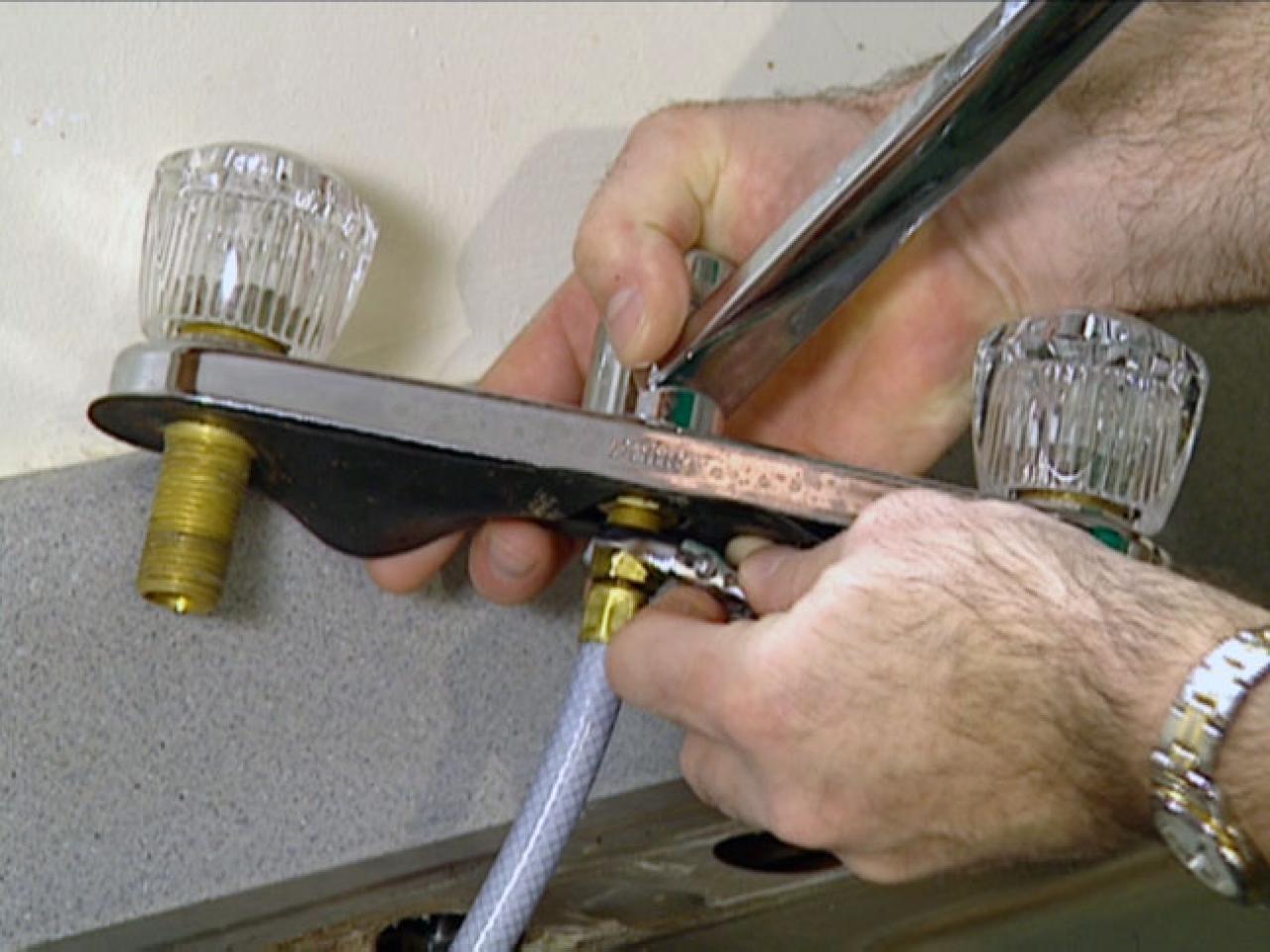 Aside from the functional advantages, attaching a garden hose to your kitchen sink can also
enhance the overall look
of your kitchen. With the wide variety of
hose designs
available, you can choose one that complements your kitchen's aesthetic and adds a touch of
personalization
to the space.
In conclusion,
attaching a garden hose to your kitchen sink
is a simple and practical way to improve your home's functionality and aesthetic. With convenient access to water, multi-purpose use, space-saving benefits, and the opportunity to enhance your kitchen's look, it's a small addition that can make a big impact. So why not give it a try and see the difference it can make?
Aside from the functional advantages, attaching a garden hose to your kitchen sink can also
enhance the overall look
of your kitchen. With the wide variety of
hose designs
available, you can choose one that complements your kitchen's aesthetic and adds a touch of
personalization
to the space.
In conclusion,
attaching a garden hose to your kitchen sink
is a simple and practical way to improve your home's functionality and aesthetic. With convenient access to water, multi-purpose use, space-saving benefits, and the opportunity to enhance your kitchen's look, it's a small addition that can make a big impact. So why not give it a try and see the difference it can make?

